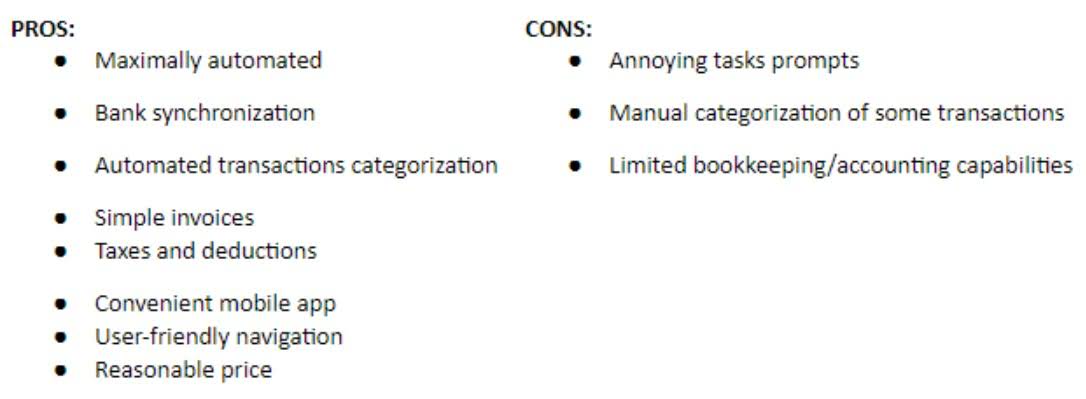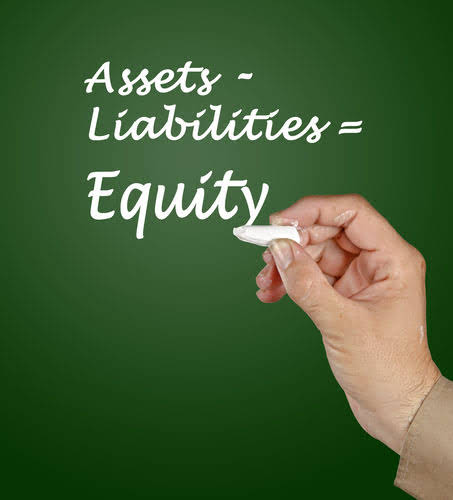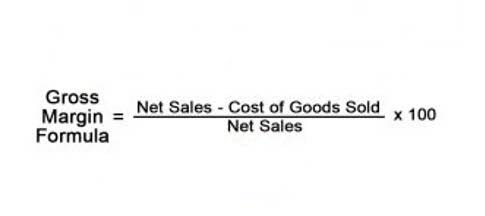
This equation is the basis for the balance sheet, which summarizes a company’s financial position at a specific point in time. In all of the examples we’ve discussed in this article, the basis of calculating that equity was rooted in this accounting equation. Return on equity (ROE) is a measure of financial performance calculated by dividing net income by shareholder equity. Because shareholder equity is equal to a company’s assets minus its debt, ROE could be considered the return on net assets. ROE is considered a measure of how effectively management uses a company’s assets to create profits.
Impact of Liabilities on Equity
An equity takeout is taking money out of a property or borrowing money against it. InvestingPro offers detailed insights into companies’ Total Liabilities and total equity formula Equity including sector benchmarks and competitor analysis. InvestingPro offers detailed insights into companies’ Degree of Financial Leverage including sector benchmarks and competitor analysis.
How Often Are Dividends Paid on Stocks?
- If the company ever needs to be liquidated, SE is the amount of money that would be returned to these owners after all other debts are satisfied.
- If you total up the value of all the shares you own, that’s your total stock in the company.
- Banks carry higher amounts of debt because they own substantial fixed assets in the form of branch networks.
- Privately held companies can then seek investors by selling off shares directly in private placements.
- The reason P/E ratio is more meaningful than enterprise value multiples is that banks and financial institutions use debt differently than other companies and interest is a major component of a bank’s revenue.
- The borrowed money will be reflected in its balance sheet as both an increase in the company’s assets and an increase in its loan liability if a business takes a loan from a bank.
This comprehensive understanding not only aids in making informed investment decisions but also aligns with regulatory compliance, ultimately fostering transparency and enhancing stakeholder trust. Applying these principles empowers you to make strategic financial choices that align with your long-term investment goals. Changes in ownership affect equity adjustments, impacting your financial statements. For instance, increasing your stake in an investee requires adjusting the investment account and recognizing a proportional share of earnings. This knowledge empowers balance sheet you to assess a company’s financial health and potential for future growth. Debt and debt equivalents, non-controlling interest, and preferred stock are subtracted as these items represent the share of other shareholders.
- The number of shares issued and outstanding is a more relevant measure than shareholder equity for certain purposes, such as dividends and earnings per share (EPS).
- This equation is known as a balance sheet equation because all of the relevant information can be gleaned from the balance sheet.
- Equity is also known as shareholder’s equity and is easily available as a line item in the balance sheet.
- For example, if your company acquires 60% of another business, you’ll need to consolidate their accounts into your financial statements.
Debt to Equity (D/E) Ratio:

Sam has $75,000 worth of equity in the home or $175,000 https://www.bookstime.com/ (asset total) – $100,000 (liability total). It’s calculated at least annually for financial reporting but can also be tracked quarterly or monthly for internal analysis. So from the above-given information, we will calculate the total equity using the equations mentioned above. A company’s negative equity that remains prolonged can amount to balance sheet insolvency.


All three metrics are readily found on the balance sheet of any publicly traded company. However, for privately held businesses, assets and liabilities should be relatively straightforward to calculate (or at least estimate), and therefore, stockholders’ equity can be found. As with assets, liabilities are divided into current liabilities, which include things like rent, tax, utilities, debts that are payable within a year, and dividends payable.
- You can make informed decisions about buying, holding, or selling shares by accurately calculating equity.
- Retained earnings are part of shareholder equity and represent net income that is not paid to shareholders as dividends.
- In other words, the Shareholder’s equity formula finds the net value of a business or the amount that the shareholders can claim if the company’s assets are liquidated, and its debts are repaid.
- Analysts and investors will often modify the D/E ratio to get a clearer picture and facilitate comparisons.
- The shareholders’ equity number is a company’s total assets minus its total liabilities.
